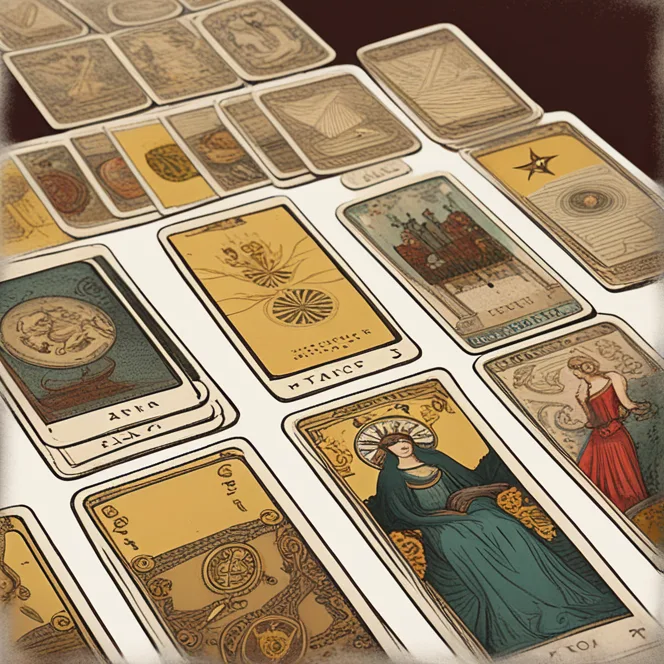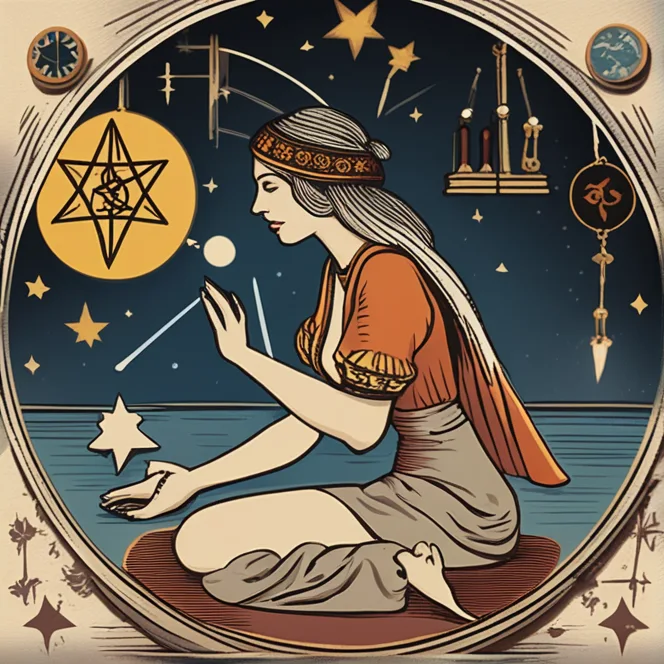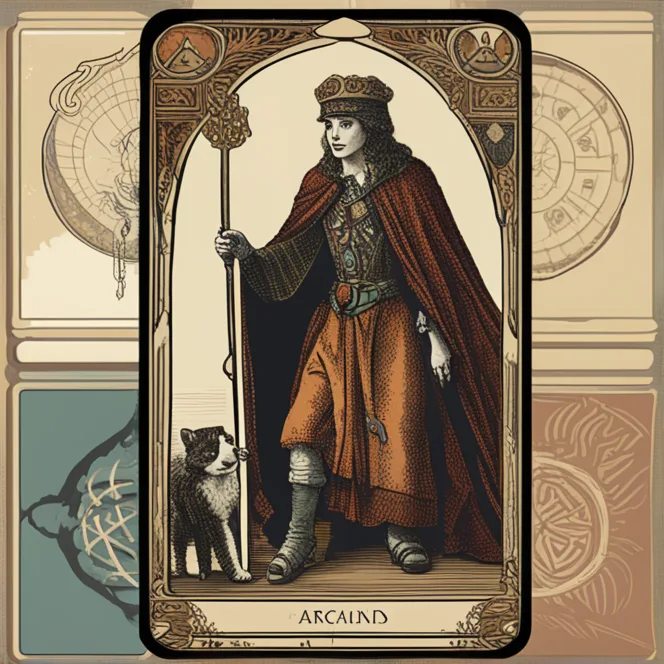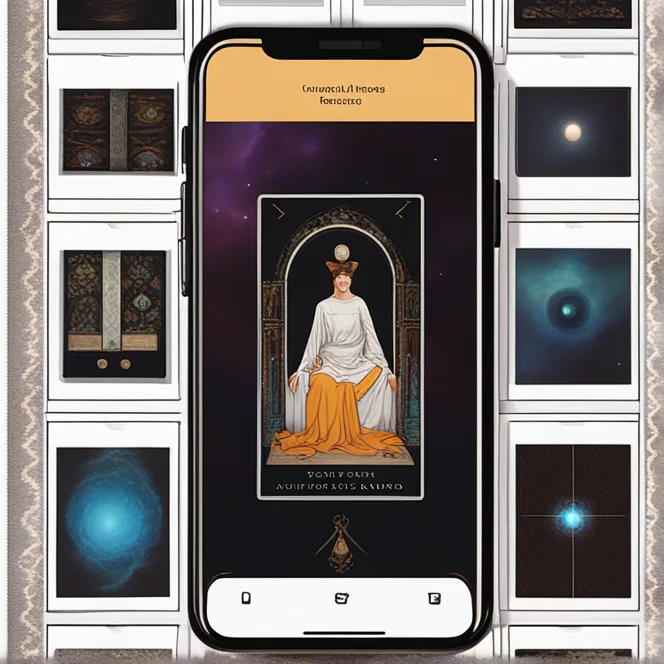
Origins of Tarot Cards
The history of tarot is as enigmatic as the cards themselves, with roots stretching back to the 15th century. Originally known as tarocchi, tarot cards were first found in Europe, with the earliest recorded decks coming from Italy. These decks were used for games such as tarocchini. Despite popular belief, there is little evidence to suggest that tarot cards were designed for mystical purposes during their inception. However, their intricate symbolism and archetypal imagery quickly made them a fertile ground for esoteric interpretation.

Transition to Mystical Use
By the 18th century, tarot cards transitioned from game pieces to mystical tools for divination. This shift was popularized by figures such as Antoine Court de Gébelin, who theorized that tarot cards held ancient spiritual wisdom. The notion that the cards were connected to Egyptian lore, kabbalistic teachings, and other mystical systems further embedded tarot within the realm of the esoteric. Over time, the practice of tarot reading spread across Europe, becoming a popular method for seeking personal guidance and prophetic insight.

The Structure of Tarot Decks
A standard tarot deck consists of 78 cards divided into two sections: the Major Arcana and the Minor Arcana. The 22 cards of the Major Arcana represent significant life themes and karmic lessons, while the 56 cards of the Minor Arcana reflect day-to-day events. Each suit of the Minor Arcana—wands, cups, swords, and pentacles—correlates with an element and aspect of human experience. Together, these cards create a comprehensive tool for understanding the complexities of life and the human psyche.

Renaissance of the Tarot
The late 19th and early 20th centuries saw a resurgence in tarot's popularity thanks to the spiritualist movement and figures like A. E. Waite and Pamela Colman Smith. Their Rider-Waite-Smith deck, first published in 1909, is one of the most iconic and widely used tarot decks. Its rich symbolism and accessible imagery opened the doors for the ordinary person to delve into tarot reading. The deck's symbolism often ties into astrological correspondences, with the archetypal images reflecting celestial influences from 2024 and beyond, applicable to modern-day divination.

Tarot in Contemporary Times
Today, tarot has undergone a cultural renaissance, cherished not only by mystics but also by artists and psychologists. Recognized as a form of art, self-reflection, and therapy, tarot readings are used for personal growth and understanding one's place in the cosmos, especially as people look toward the future in 2024 and beyond. The diversity of tarot decks available now reflects a broad spectrum of aesthetics, philosophies, and interpretations, allowing each reader to find a deck that resonates with their personal journey.
Continuing Evolution and Influence
The history of tarot is still being written. As we look to the future, the evolution of these mystical cards continues to captivate scholars, practitioners, and the curious alike. With the progression of digital technology, online readings and virtual tarot applications are becoming increasingly common, shaping the way people interact with the ancient practice. The tarot's rich tapestry of history and symbolism ensures its place in contemporary culture and spiritual exploration for years to come.
Published: 12/15/2023
Modified: 12/15/2023
More predictions
Come back here soon to learn more about yourself and your future


Mystical Moments Tarot Revealed
Delve into the enchanting world of the Mystical Moments Tarot, where every card draws you deeper into the realm of insight and intuition.


Tarot: Daily Insights
Discover what the tarot holds for you today with our insightful daily tarot readings.


Daily Tarot Wisdom
Discover insights and guidance with our daily tarot card readings aligned with current astrological influences.